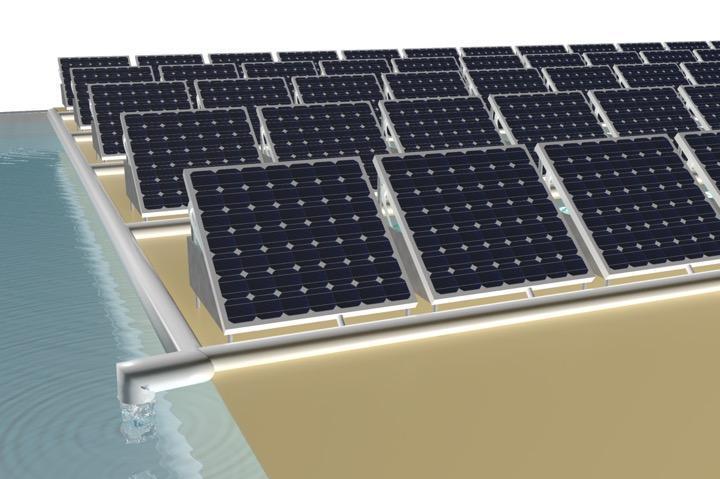Farewell to conventional solar panels – Spanish scientists create a material that absorbs 99.5% of light and revolutionizes solar energy
Spain has just developed a material so black that it absorbs 99.5% of the sunlight it receives (almost all of it) and many believe it could be the future of photovoltaic energy. It was created at the University of the Basque Country (UPV/EHU), and the world of science and technology is astonished by this discovery.

A discovery “made in Euskadi”
The breakthrough comes from the Thermophysical Properties of Materials group at UPV/EHU. Their creation is made from copper cobaltate nanoneedles and manages to swallow all sunlight (except for 0.5%, but what is that compared to 99.5%!!).
Each nanoneedle is a thousand times thinner than a human hair, but together they form a surface capable of absorbing almost all the solar radiation it receives. They are ultrablack materials, and researchers believe they could improve the efficiency of solar towers.
The new material surpasses black silicon (95%) and carbon nanotubes (99%), which until now were the kings of optical absorption.
How it works
In solar thermal power plants, hundreds of mirrors concentrate sunlight on a tower to heat salts and generate electricity. The problem is that every ray that reflects or is lost is wasted energy, and that adds up to a lot.
The key here is the three-dimensional structure, which traps light from any angle and retains it inside, transforming it into useful heat.
Nothing escapes. In addition, the copper cobaltate gives it incredible resistance to heat and humidity, something other materials couldn’t withstand.
More resistant than the “blackest black”
Until now, the darkest known material was made of carbon nanotubes, but it was too fragile, just a bit of humidity or extreme heat and it lost its effectiveness.
The new Basque material not only surpasses it in absorption but also in durability. It withstands temperatures above 700 °C without degrading and continues to work just as well under harsh conditions.
More clean energy
The Spanish team is collaborating together with Dr. Renkun Chen from the University of California (San Diego) and with the U.S. Department of Energy, which is already validating the results.
In those tests, the nanoneedles showed even higher performance when coated with zinc oxide, improving their stability and absorption, but hold on, they still need to test whether it would work on an industrial scale and ensure it can be mass-produced without losing its properties.
There are still stages to complete: they must test its industrial feasibility and see if it can be produced in large quantities without degradation.
Blacker, but greener
The promise of this material could define our energy future: capturing more light means lower costs, fewer losses, and above all, much less dependence on fossil fuels.
The UPV/EHU team already plans to continue researching new nanometric materials that can withstand extreme conditions and further improve energy conversion, placing Spain at the forefront of sustainable innovation. Incredible, right?
Maybe the future looks very dark, but it’s full of brightness and hope! This ultrablack material not only absorbs light but could also light the way toward a greener (and much more efficient) future!
Now that all countries are looking for urgent solutions to climate change, perhaps this discovery is the key!
FAQ
- What have the researchers from UPV/EHU created?: Ultrablack copper cobaltate nanoneedles that absorb up to 99.5% of sunlight.
- Why are they important?: This material is better than black silicon and carbon nanotubes, increasing the efficiency of solar thermal plants.
- What makes them special?: They are resistant to humidity and can withstand over 700 °C without degrading.
- What impact will they have?: They could reduce energy losses, lower maintenance costs, and make solar energy more competitive.
Source : Unionrayo Laura M.